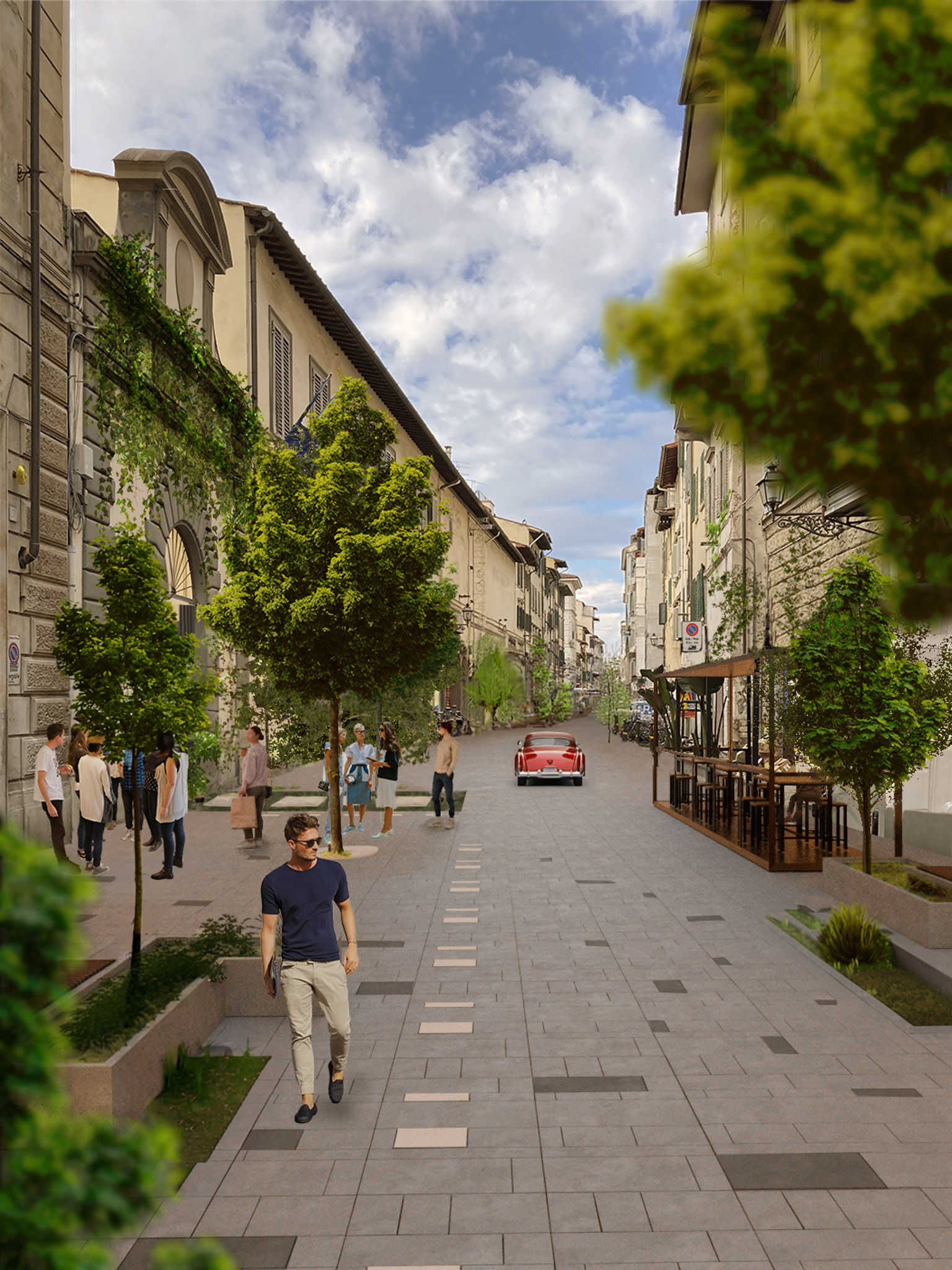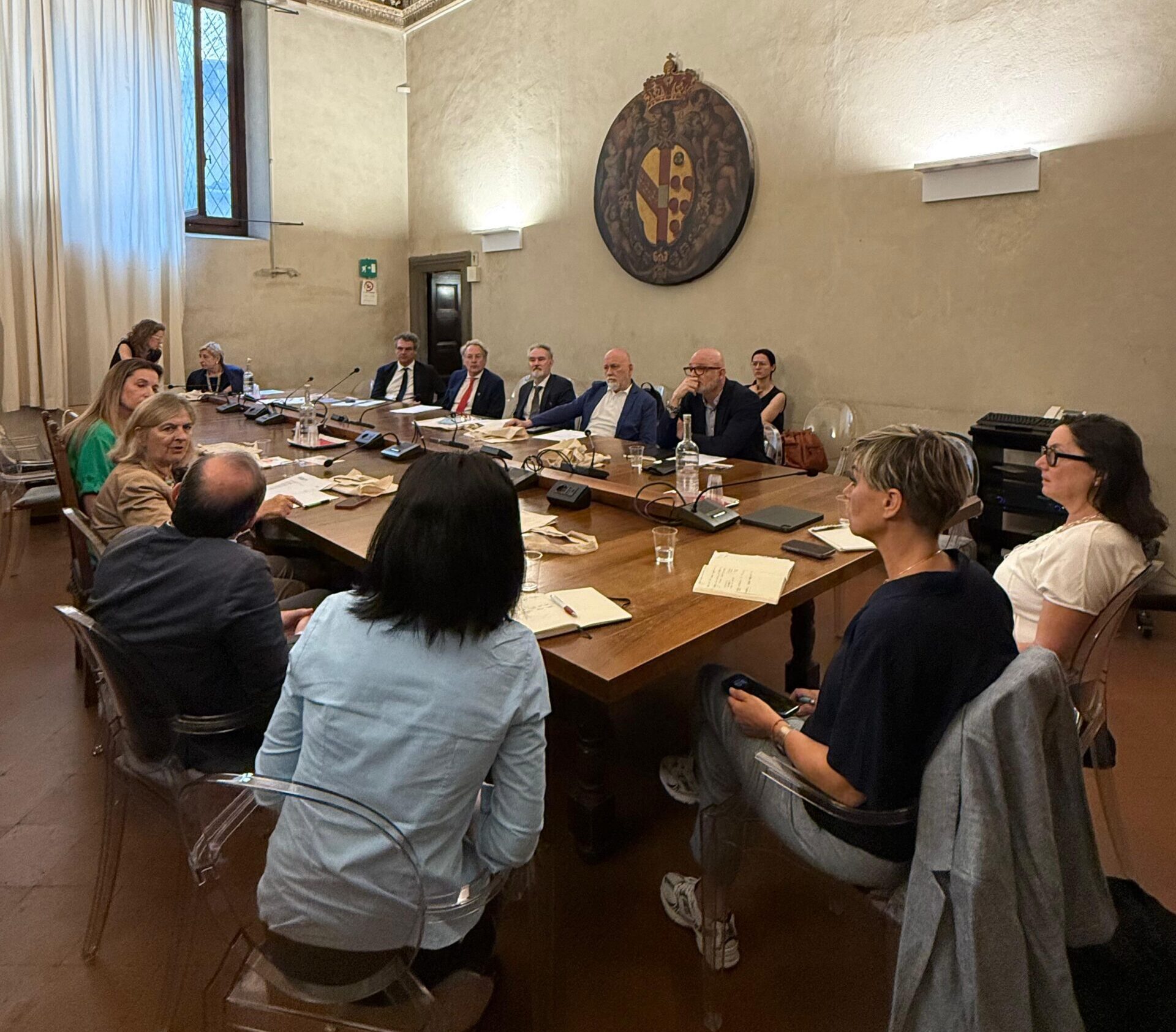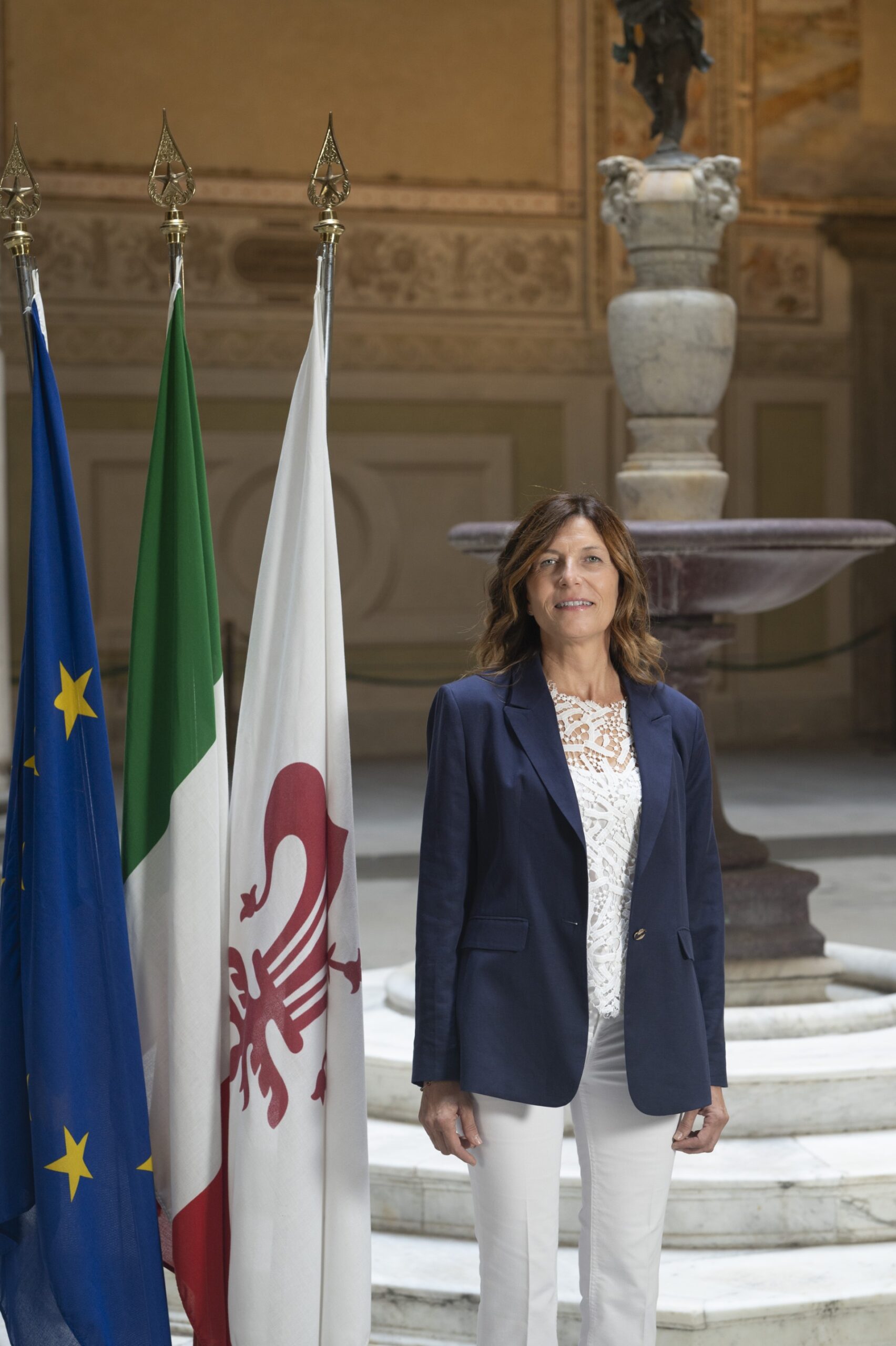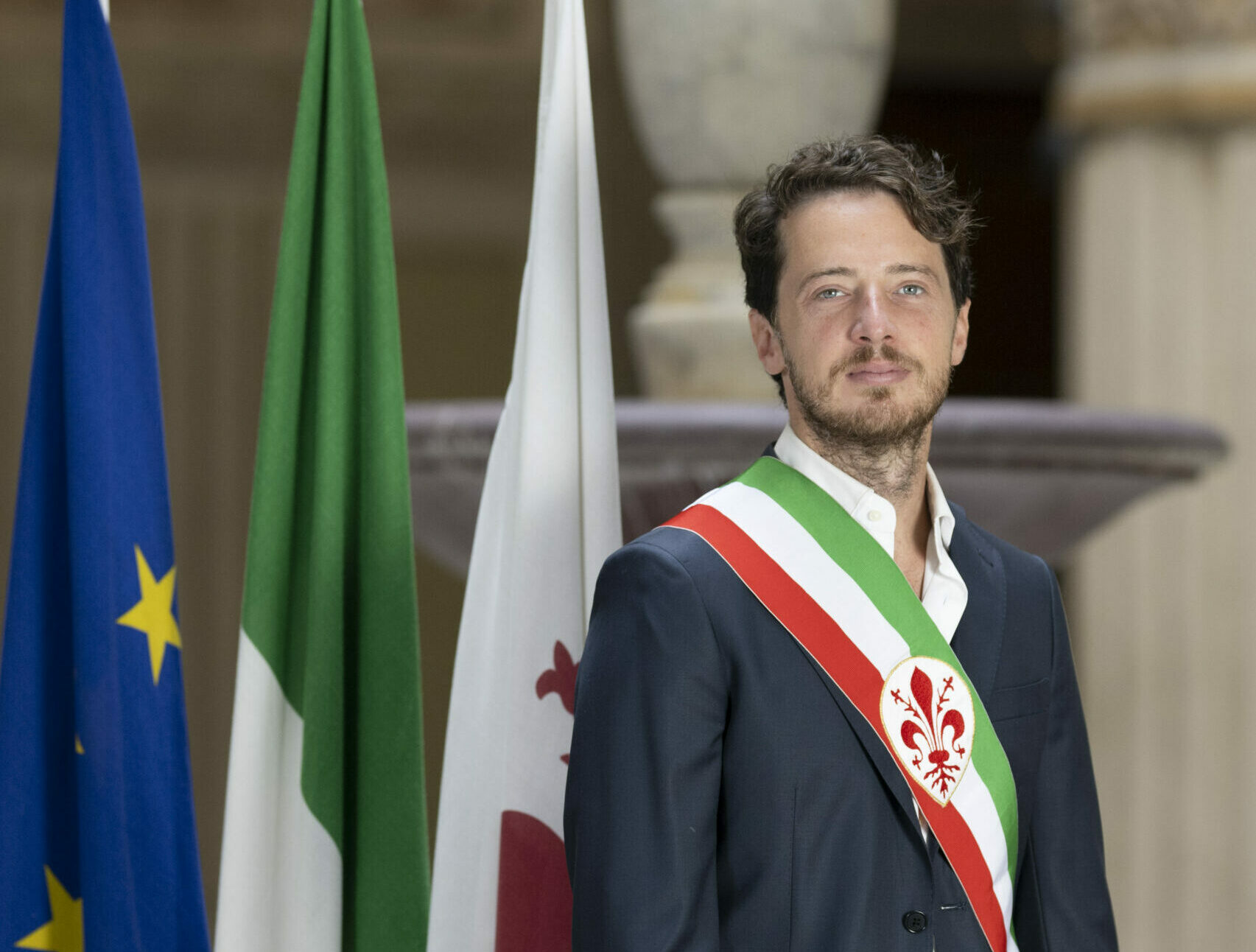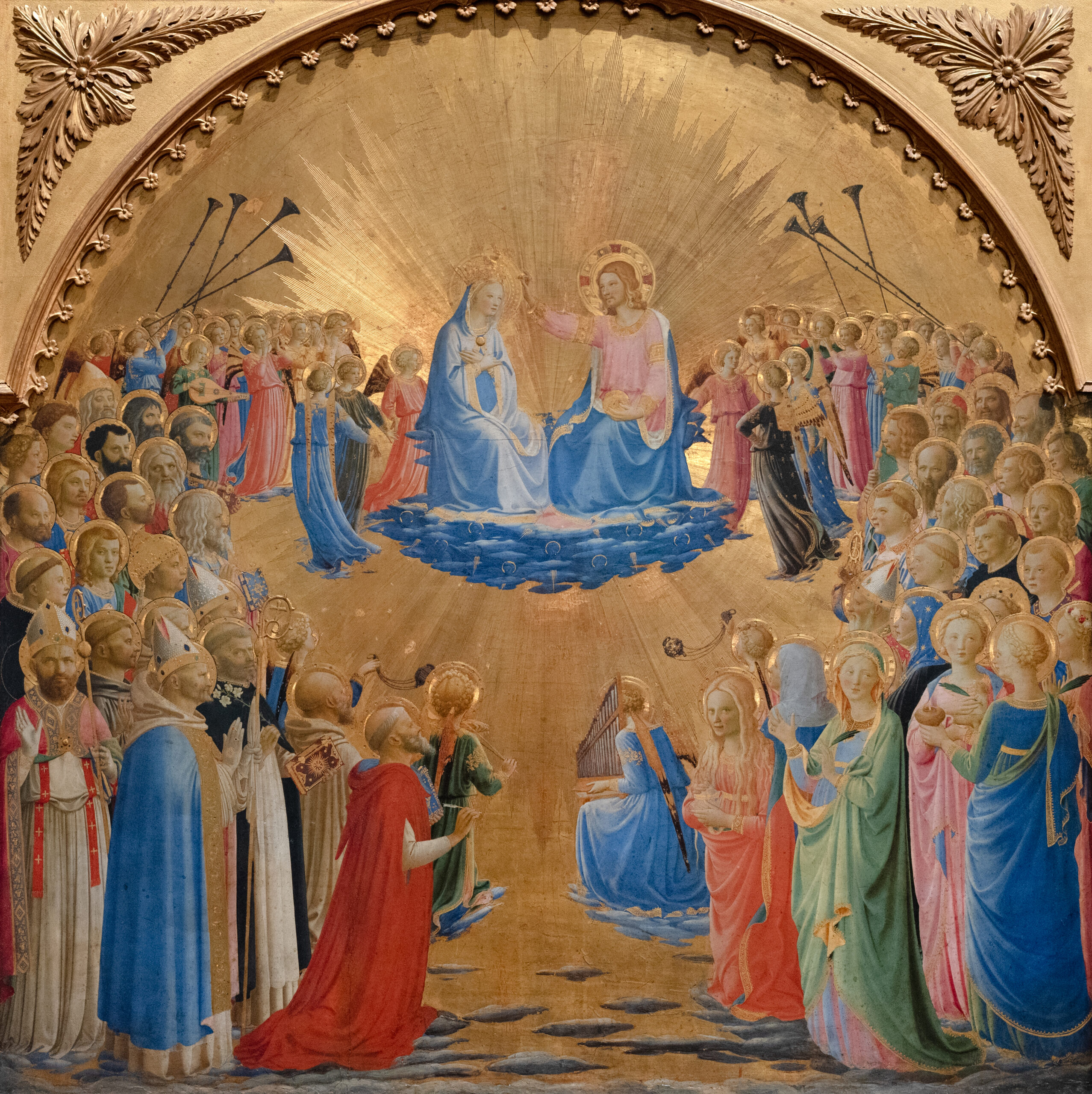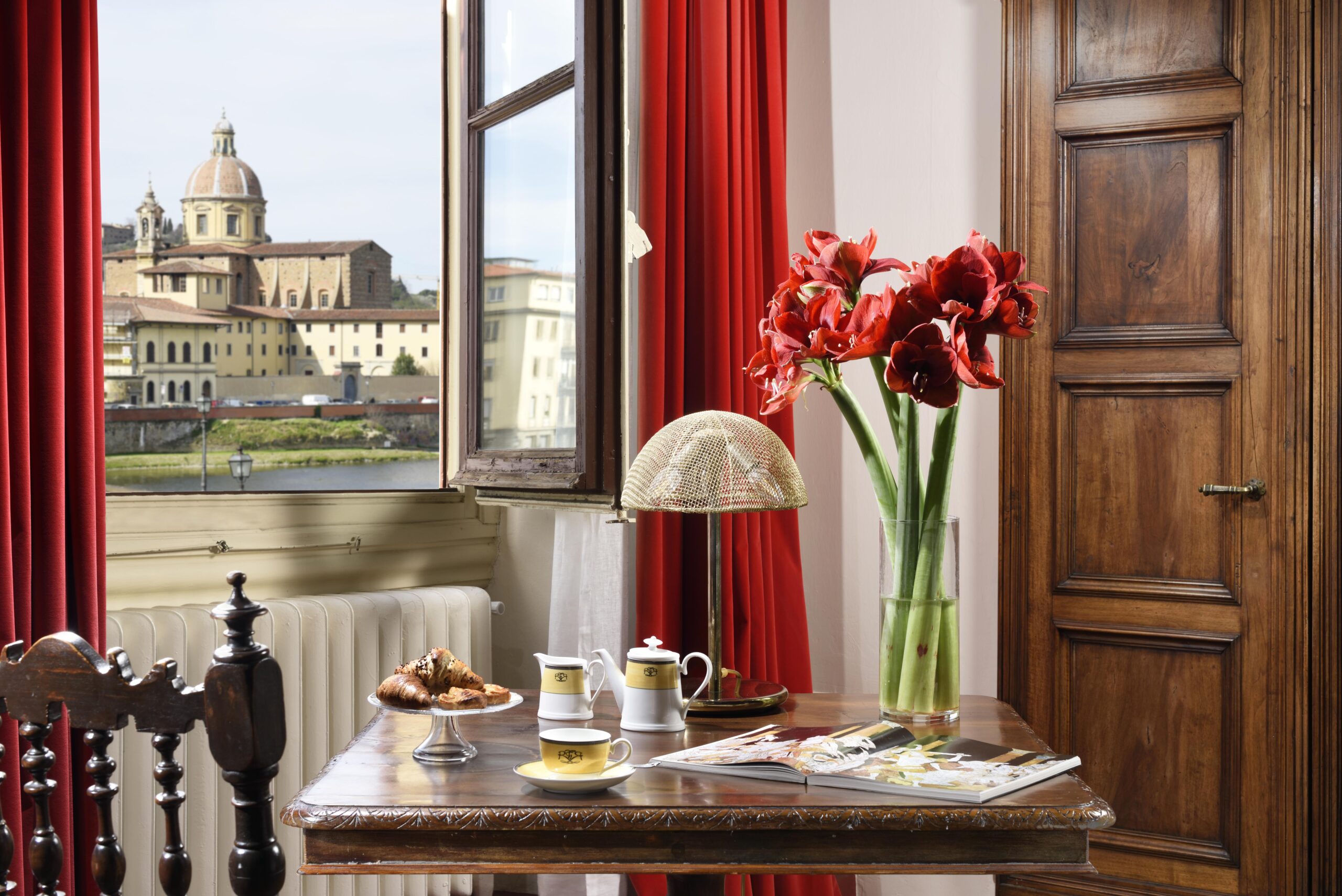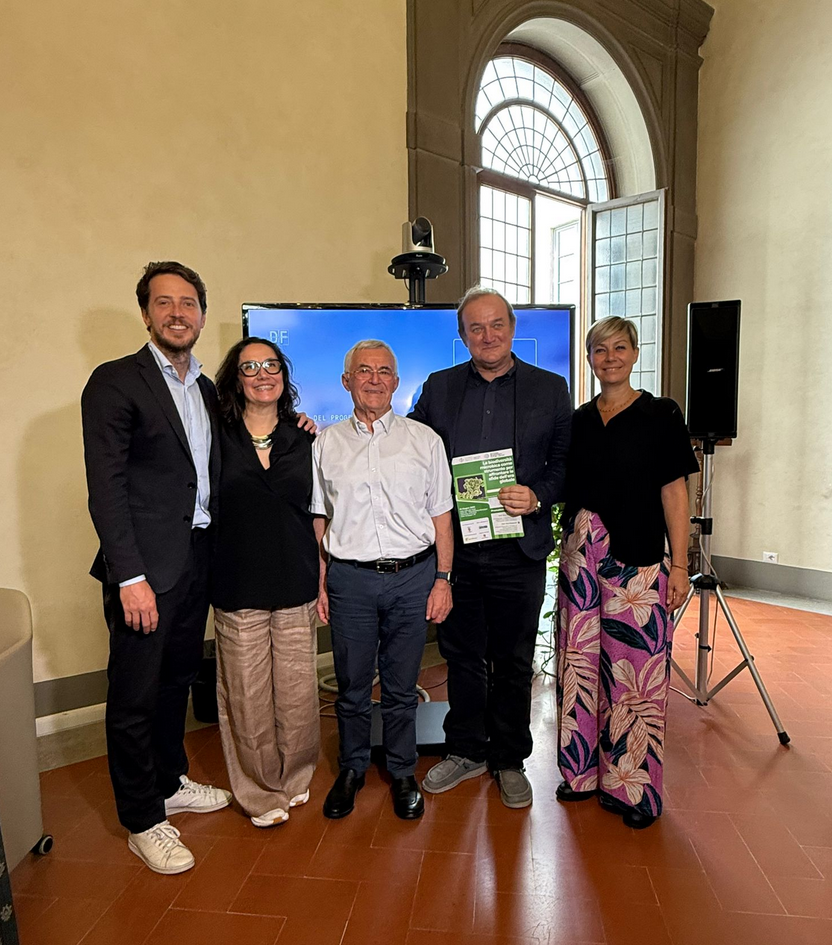How have tourist flows evolved over recent years, and what are the main challenges that the city is facing in relation to the tourism sector?
After the crisis linked to the COVID emergency, tourist flows have started to increase once more, and even if they are not yet aligned with pre-pandemic levels, the trend is positive both for Florence and for the municipalities in the tourism sector. International flows are growing with a high presence of foreigners, in many cases non-European. The real challenge in terms of tourism is to reconcile the development of an important sector with the liveability of a city such as ours and the protection of the needs of those who live here. It’s not so much a question of numbers that are returning to pre-Covid levels as a question of perception of the phenomenon that has a significant impact on people’s quality of life. So-called ‘overtourism’ is now a central theme for all large national and international cities, and the challenge of the coming years will be to implement the best strategies to govern it.
What are the main initiatives undertaken by the Municipality to limit the impact of mass tourism and ease pressure on the main points of interest in the city?
It’s something that requires multiple actions, and that is what we are currently engaged in. We have a targeted information and awareness campaign, #EnjoyRespectFirenze, with a survey of residents to evaluate the repercussions and therefore have adequate information in order to intervene appropriately. The promotion of tourism that also gives prominence to neighboring municipalities and less frequented destinations to decongest the historic center is required, with targeted effort to attract events and conferences that favour a deseasonalization of flows. Mayor Funaro’s first act was to reintroduce the block on new short-term tourist rentals in the UNESCO area in the operational plan, a measure that aims to protect this delicate part of the city and put a stop to an increasingly widespread phenomenon that also has consequences on accessibility to housing and on the commercial fabric.
Are there exchanges with other European destinations that are facing similar situations?
The city of Florence has been an active participant in various discussion tables for years, both at an international level (Eurocities network, partnership with the cities of Amsterdam and Barcelona on the topic of overtourism and tourist rentals) and at a national level, thanks to the ministerial project by the Great Italian Destinations for Sustainable Tourism (Venice, Florence, Rome, Milan and Naples). From the ongoing discussion, the need for national-level regulation clearly emerges, which would also be aligned on a European scale, then adapted to the needs of each destination.
Do you think that some initiatives could be replicated here too, for example, the implementation of a regulation system for access to main tourist sites?
More than regulation in the strict sense, I believe we should talk about the pressing need for teamwork with those who manage the main “attractors” of the city to jointly develop strategies for the delocalization and deseasonalization of flows, with the aim of “spreading out” presences at different times of the year. A city like Florence cannot ignore its main attractions, they’re known throughout the world. It’s about combining the so-called “must see” with lesser-known sites, focusing on increasing the average stay in the city, and differentiating the tourist offering that can combine the city of art with an immersion in nature, alternative itineraries, the most authentic villages and much more. Differentiating the offer also means attracting different targets of tourists, taking advantage of the entire year and focusing on a more aware and attentive visitor. Owing to better organization, the tourist could make the most of their stay in the city, avoiding waiting, taking advantage of suggested itineraries and experiences that allow them to visit a wider area.
The #enjoyrespectfirenze campaign that was recently relaunched by the Municipality in collaboration with Fondazione Destination Florence is not a solution to achieve conscious and sustainable tourism, but it is a significant message from the city to its visitors. What is the importance of the initiative?
There is a crucial theme, which is the coexistence between residents and tourists. To improve it, it’s essential to promote the responsible and respectful behavior of those who visit the city, and the campaign tries to do exactly this. With clear and simple messages, we aim to make the experience of visiting Florence better and more sustainable, spreading awareness to protect the fragile beauty of our city and its delicate balance.
Residents in the historic center are the citizens who suffer the most from the consequences of certain problematic forms of tourism. Through Fondazione Destination Florence, you launched a survey on the quality of life of residents. How will you use the results?
This type of research allows us to investigate and fully understand the impact of tourism on the city in order to correct and implement sustainable tourism policies, both at an economic and social level. We await the results to fully understand the most serious consequences for residents of tourist presences and thus implement the necessary interventions to limit them.
In May of this year, the Municipality and the Metropolitan City contributed to the establishment of Fondazione Destination Florence as founding members. How can the foundation be used as a strategic tool for the destination, in your opinion?
The foundation can really be a decisive tool in bringing quality tourism to the city. Its formation has enabled us to enhance a wealth of important experiences and professionalism and ensure that together, public bodies and private stakeholders could work in an even more targeted way to renew policies for the promotion and reception of tourism, for the management of flows, and for the attraction and management of related industries. The synergy between public and private and the ability to develop long-term strategic planning will make the difference and allow Florence to make the leap in quality it deserves.
How would you define true sustainable tourism?
Tourism is an important sector, not only for our city but for the entire country. It’s up to everyone, starting with politicians, to commit to ensuring that it does not change from a resource to a limitation. Sustainable tourism is slow, in contrast to hit-and-run tourism, which insists on the usual itineraries. It’s attentive and responsible, therefore respectful of the city, and aimed at getting to know aspects of Florence that are lesser-known. I think of its increasingly contemporary vocation, still capable of intercepting new flows and interests. I think of the six paths that cross our city, and I think of the many events that we have been able to host, even of a sporting nature, such as the Tour de France.



